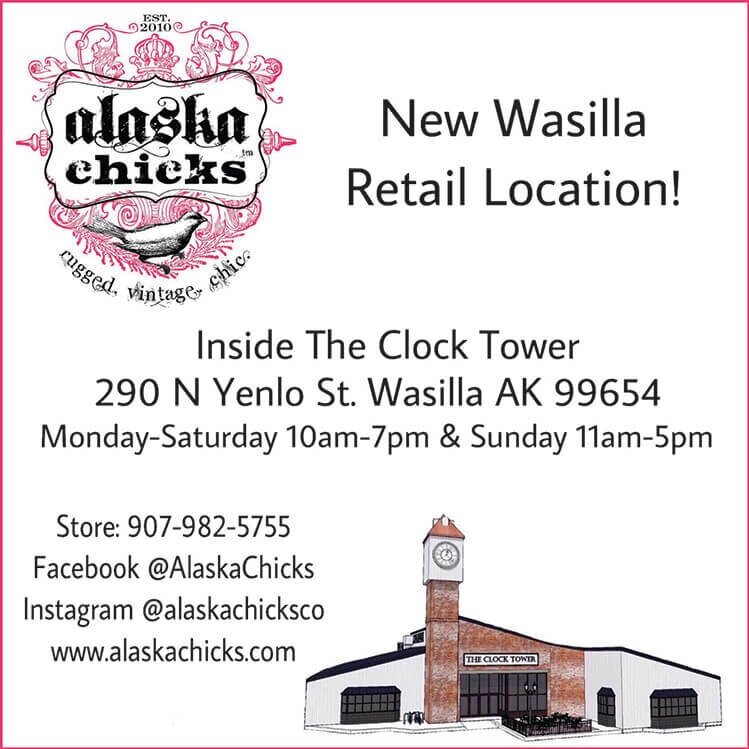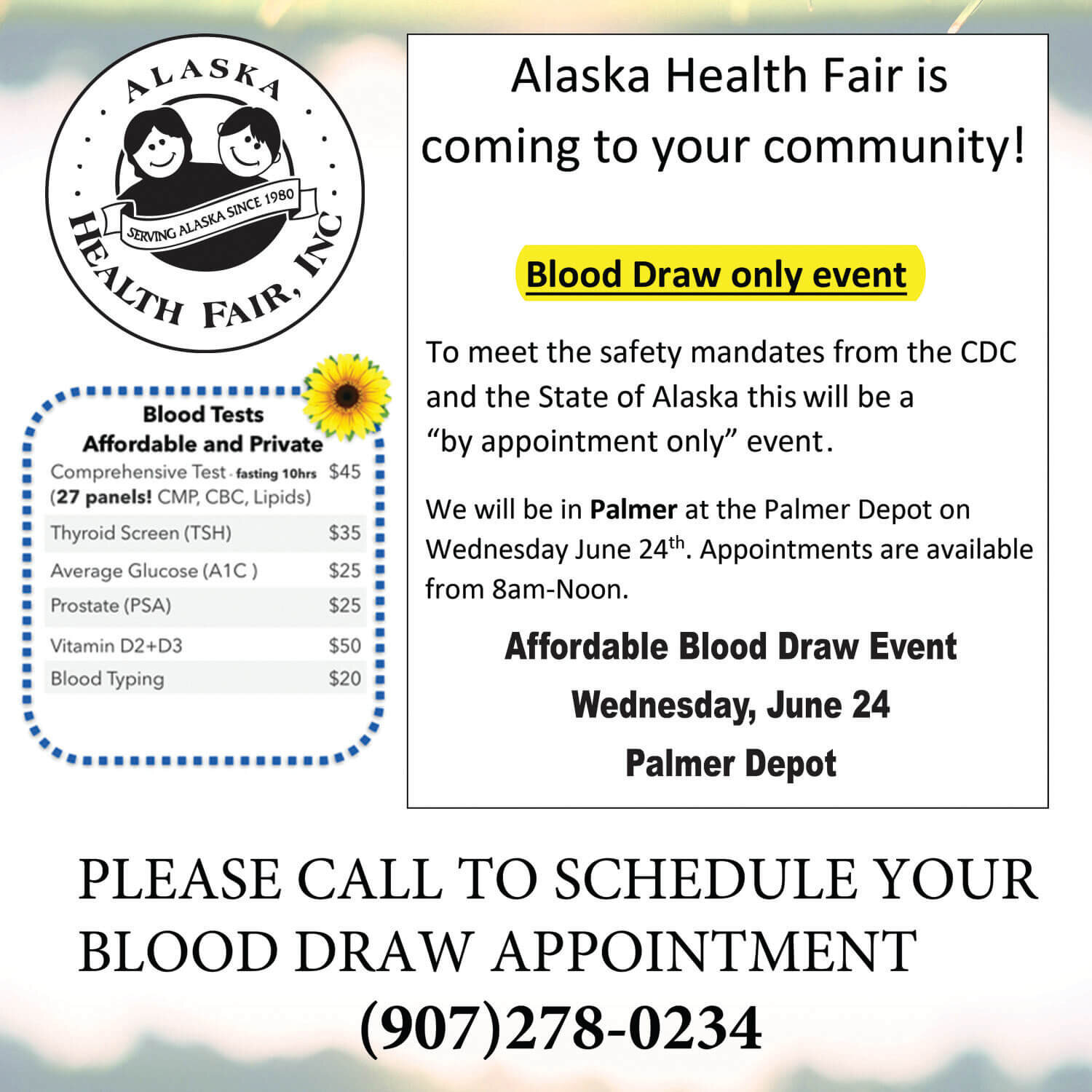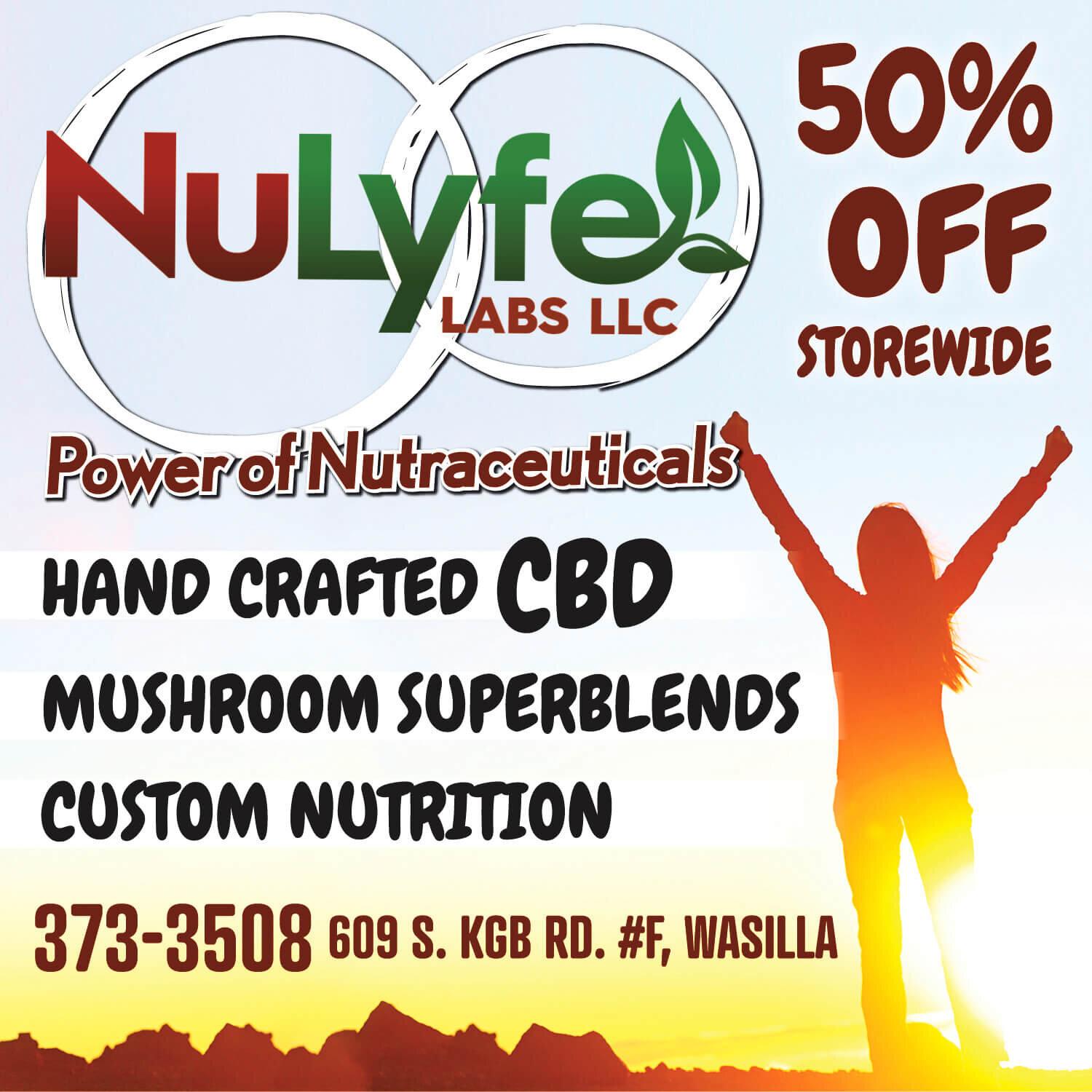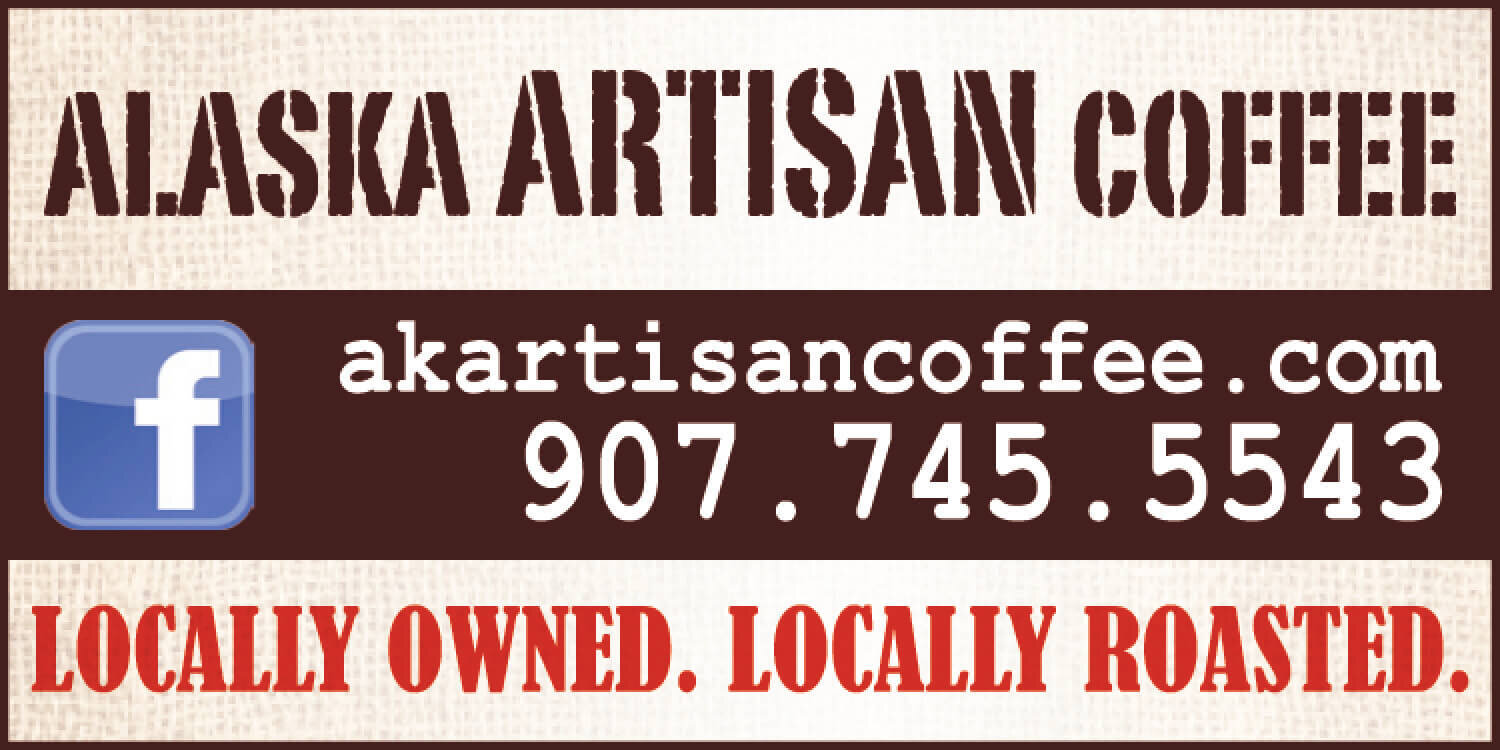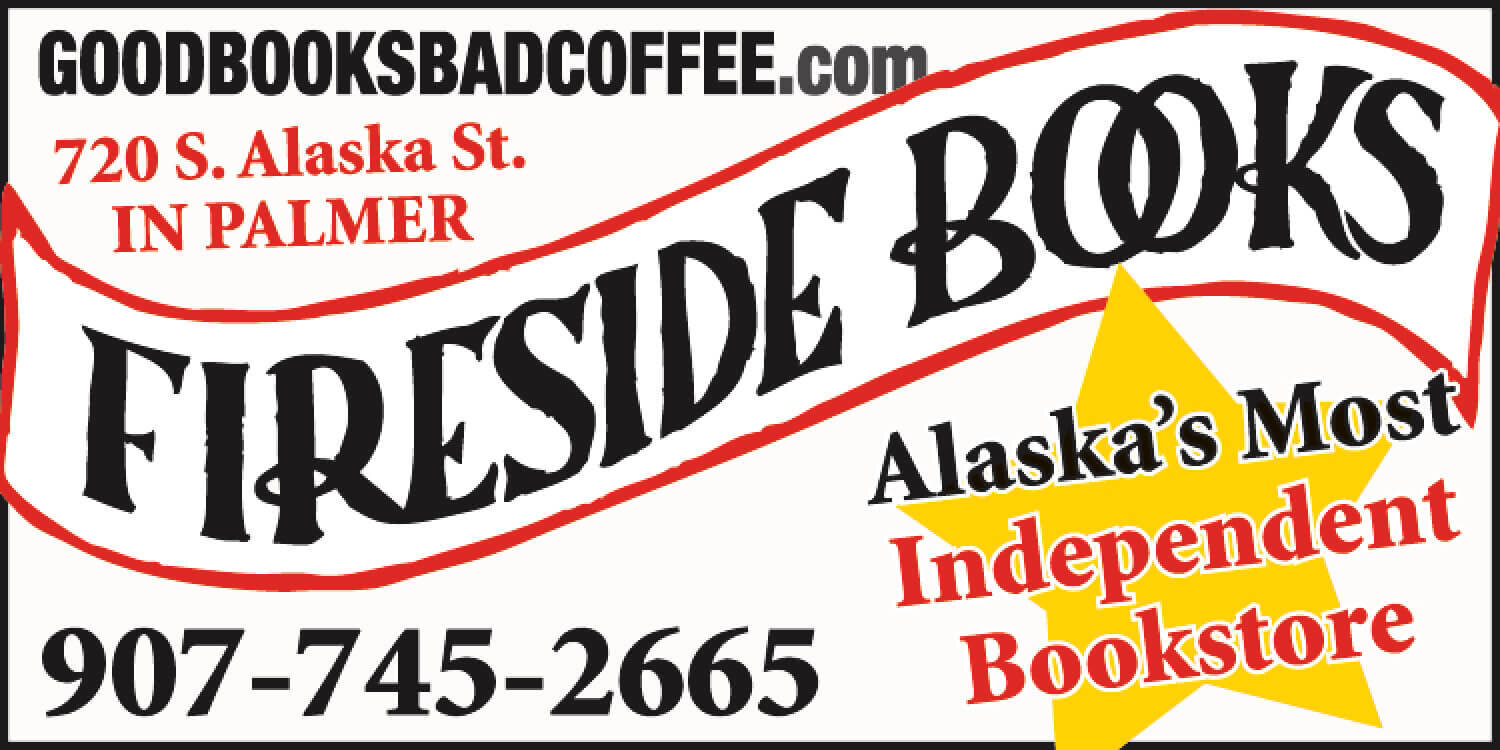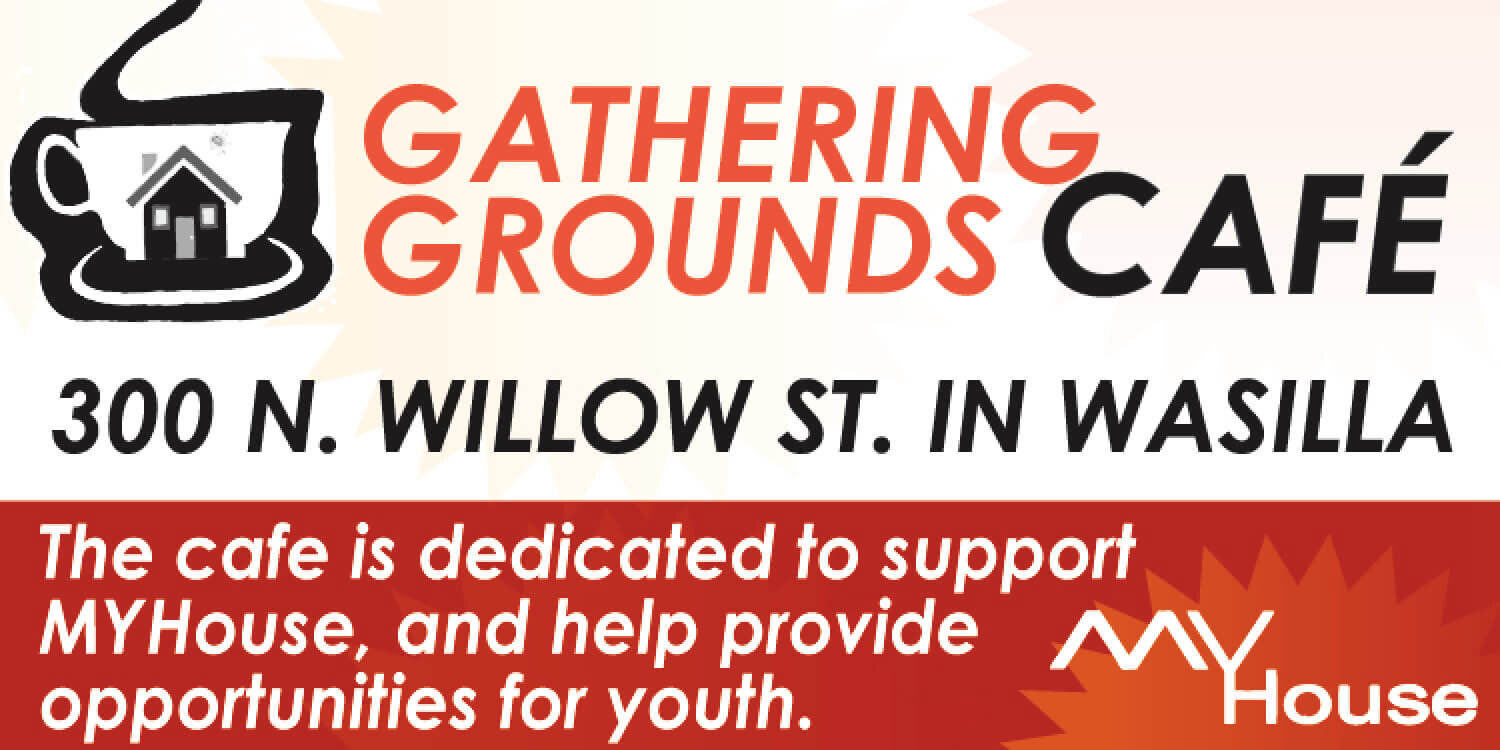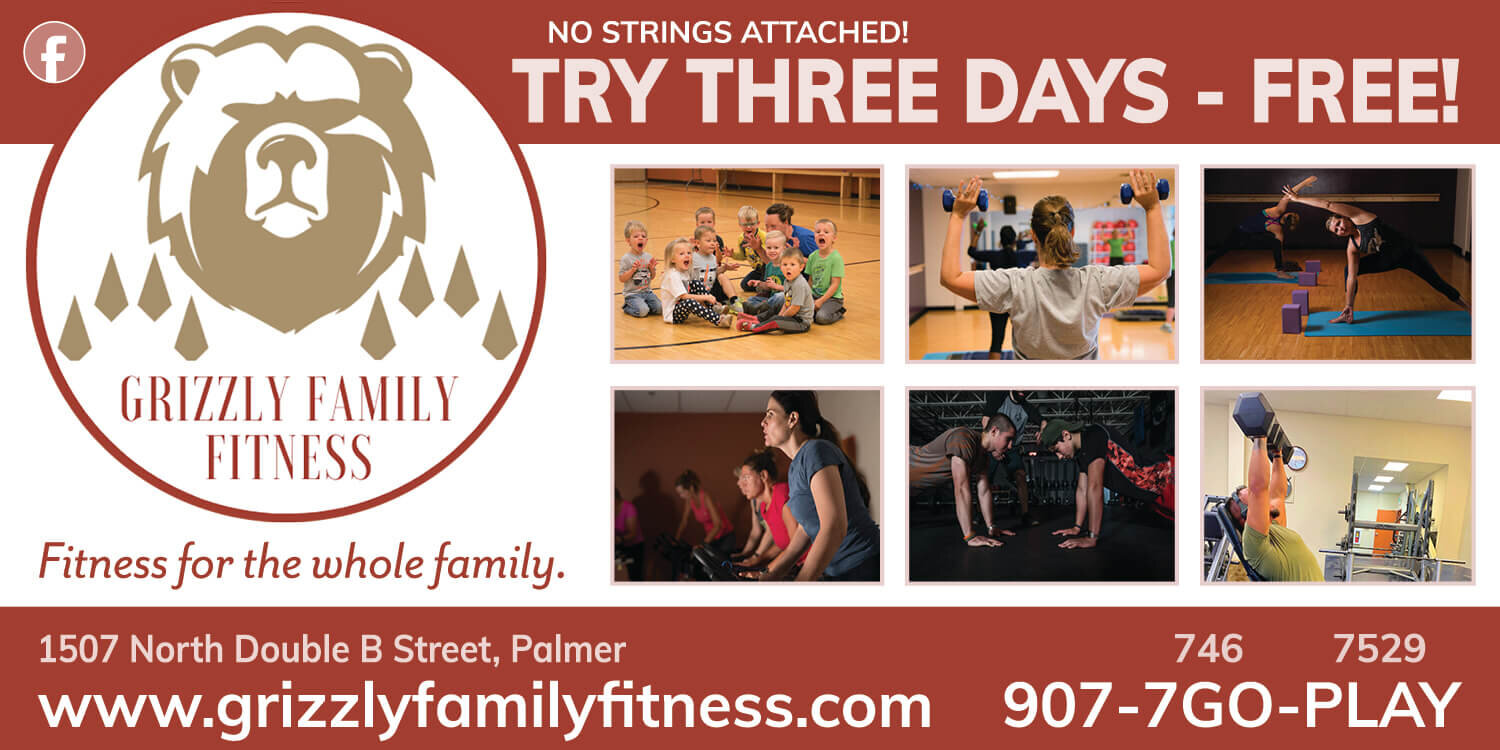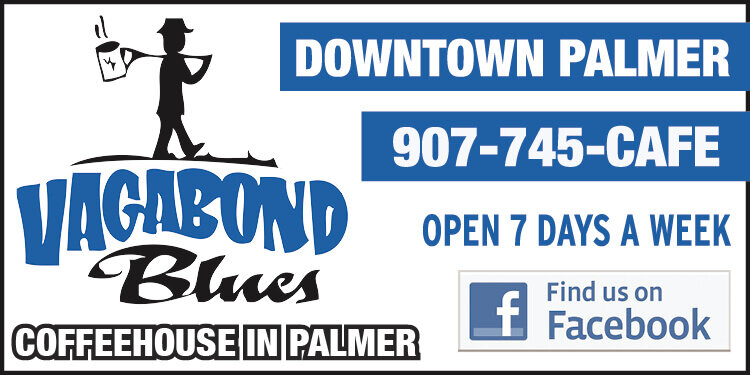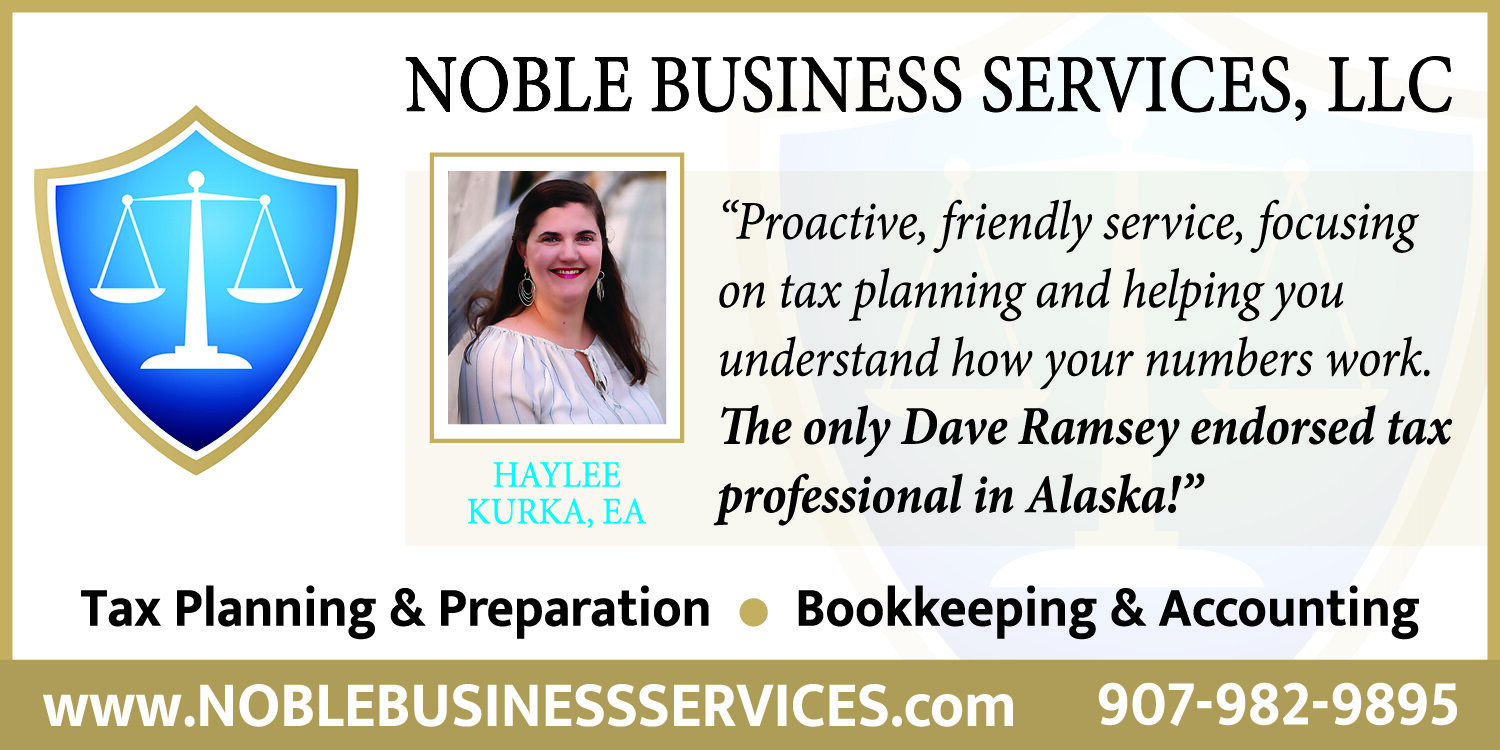Contributed by Julie Cascio
Shopping for groceries at the store takes time. For me at least (my efficient husband is much faster.) Reading labels to find good nutritional value in the foods we will be eating is one part of my shopping. Another is to check for prices. But in this process, we have observed that food costs are continuing to rise.
Well, maybe the fruits and vegetables are coming from areas having weather changes. Or, maybe it is because of higher costs of transporting it up to Alaska. Then I saw online that USDA predicts food prices to rise this year.
Whatever the reason, it does make it necessary to look for ways to eat healthy foods with less expense. It is always a good idea to plan meals ahead. Before going to the grocery store, plan your meals. Think about the various food groups. Include a variety of food in the meals and snacks to be eaten throughout the days being planned. Look in your pantry to see what is available. Then make your shopping list with the ingredients that will be needed.
An option to plan is to prepare large batches of favorite recipes. Serve the amount needed for one meal. Freeze the rest in containers for other meals. Or, freeze them in individual containers to use throughout the week. This is an option to use instead of ordering take-out meals. (It costs less, and you know the ingredients in it.) Another option is to use extras in creative ways. For example, when the whole cauliflower is cooked for our family at one meal, there is enough left over to add to a macaroni-cheese-cauliflower casserole or favorite soup.
Some low-cost ideas to try are:
-Visit the Freezer Aisle (Frozen vegetables and fruits are just as nutritious and usually cheaper than fresh).
- Buy in Bulk – It is almost always cheaper to buy in bulk. This often works well for family packs of chicken, steak, or fish. Larger bags of potatoes or frozen vegetables are other options.
- Compare – Do take a minute to check the unit price to compare which is the better buy. For example, a 32 ounce package of cheddar cheese costs more at $7.99 than an 8 ounce cheddar at $2.99. However, when looking at the unit price, the larger one is 25 cents per ounce, while the smaller one is 37.4 cents per ounce. Hmm, so though more money will be spent upfront, it is a better buy. For our family meal plans this week, that will be used well. Use this method to compare different brands as well as different sizes to find the most affordable option.
- Buy It Whole – Pre-washed and cut fruit and vegetables may be more convenient, but it is often more expensive, too.
- Go Generic – Brand name products attract our attention. But generic food is more appealing to our wallet.
- Cut Coupons – Check online, in the local newspaper and at the store, for sales and coupons. Keep an eye out for specials.
Whether you spend less or get good food for the same cost as in the past, enjoy the food you make.
For more information, contact Julie Cascio, (907) 745-3677 at Mat-Su District Cooperative Extension Service.

